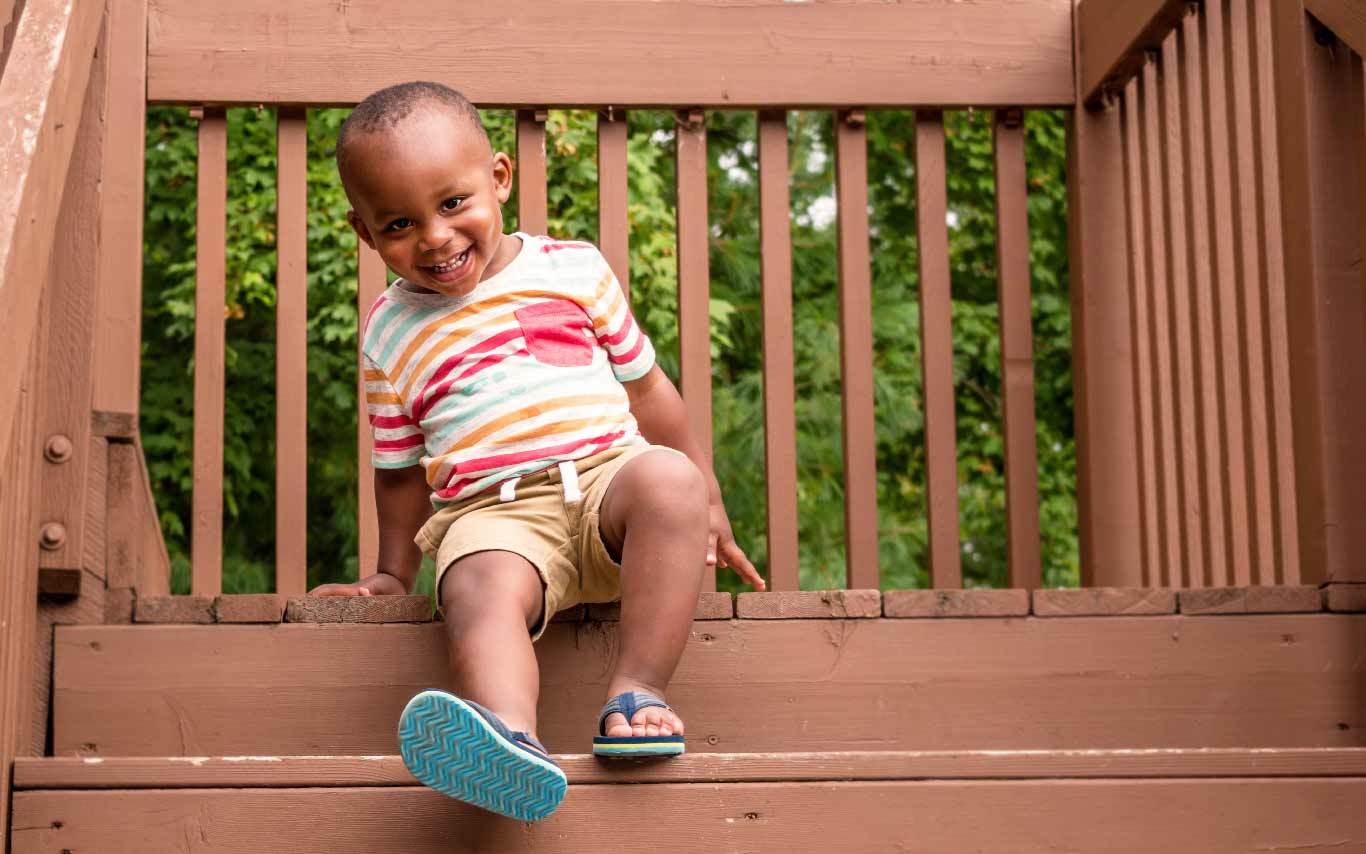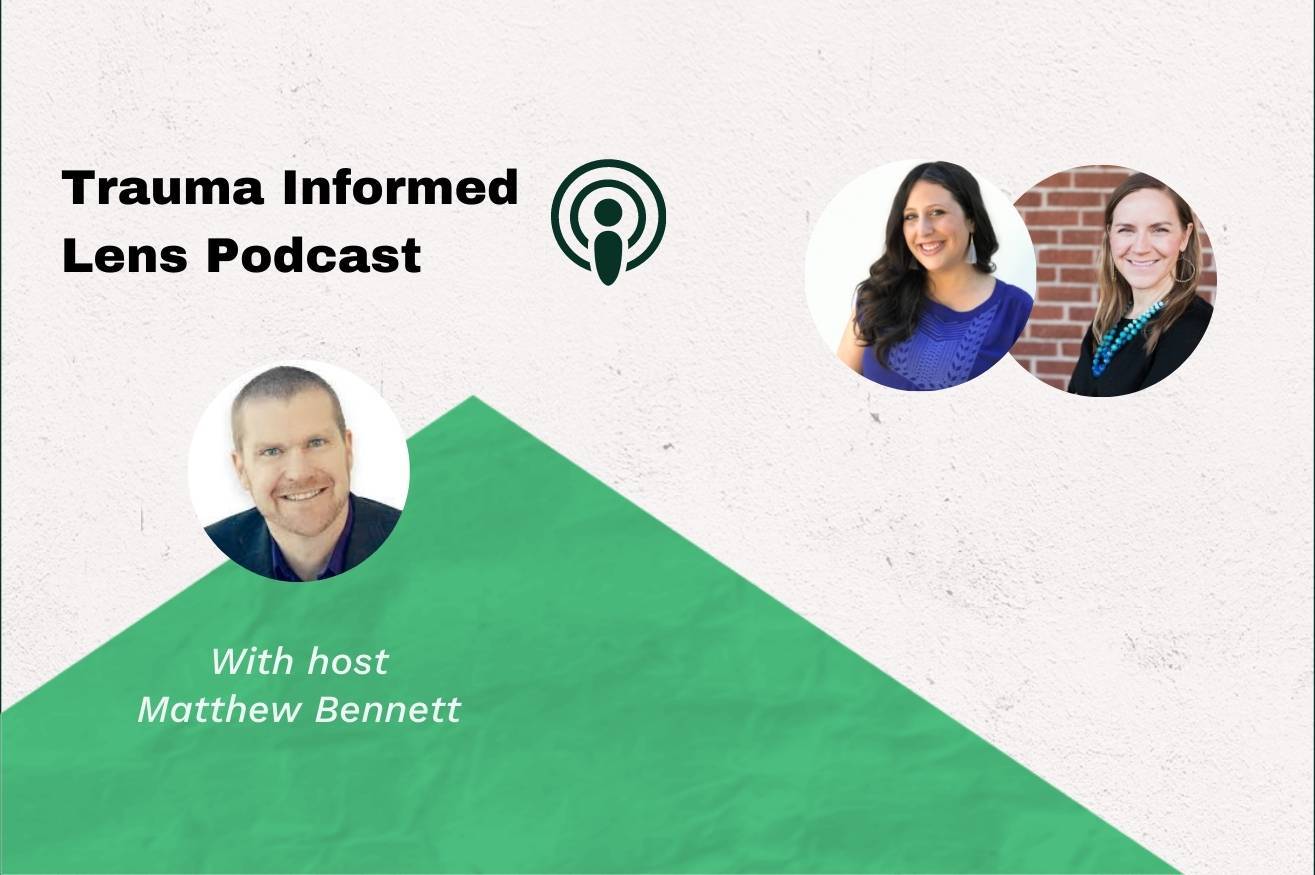Six Ways To Provide Secure Attachment
Providing safe haven during chaos.

The Foundations of Secure Attachment
I once heard a therapist describe secure attachment with an image of a bayside dock and a boat tied up to that dock. Early in our experience, our caregivers build a dock for us, a safe place where we can always return “home” and find security and safe haven. But as the dock is being built, our early caregivers simultaneously turn toward constructing a boat for us. This boat provides a way for us to explore the world and to eventually draw larger and larger circles between ourselves and our “dock,” but always with the opportunity to return home. Without the dock, the boat has nowhere to anchor during storms, and without the boat, the ocean beyond remains forever an unexplored horizon. This circular experience of growing, developing, and venturing out while also needing to be anchored in love, intimacy, and relationship is the heart of secure attachment.
This circular experience of growing, developing, and venturing out while also needing to be anchored in love, intimacy, and relationship is the heart of secure attachment.
This same circular attachment dance is so well illustrated by a toddler learning to climb stairs.
Learn about Empathy School & our other programs
LEARN MOREThe scene unfolds like this: the toddler ventures up a few stairs tentatively, looks back at her caregiver, climbs a few more steps, and then decides to return to their caregiver (the “dock”) to check-in and borrow a little more courage before heading back out “in her boat” for more stairs practice. The message being sent from the mature brain (the caregiver) to the immature brain (the child) is “I see you and I’m here for you!” and just as importantly, “You’ve got this! I’ll help you if you need me!”

This dance, and the provision of safe haven, is at the core of secure attachment. In secure attachment, the brain learns early on to expect care simply through repeated and predictable experiences of receiving care. When an infant’s cues (yawning or fussing, for example) are responded to accurately and consistently with experiences that create warmth and comfort (being fed or rocked to sleep, for example), the brain and the body learn to expect sensitive care.
As the infant grows into a toddler and beyond, the child begins to approach the world with two expectations: 1. “I can expect consistent care from others during stressful experiences and challenges” and 2. “It is not only safe, but also a delight, to build relationships with others.” It’s not hard to imagine the powerful benefits of walking around this world with these two foundational expectations----but to name a few, children with secure attachment grow into adults who experience the following:
- Resilience during stress
- The confidence to approach challenge and stretch one’s self
- The desire to form new connections with others across the lifespan
- A view of relationships as a resource rather than a threat
- The joy, security, and health that come from giving and receiving love
Providing Secure Attachment or "Safe Haven"
Right now, many of us are being pulled into multiple caregiver roles. Educator. Parent. Partner. Caregiver. And right now many of our loved ones are alarmed, stressed, and seeking to spend a lot of time “on the dock,” looking to us for safe haven and soothing during distress. Our secure attachment muscles are being flexed, and we may even feel exhausted by the needs around us.
That’s okay---right now, the metaphor of being “stuck on the dock” feels very real and perhaps disorienting, given that many of us are restricted to our homes and families as a means of literally keeping our bodies safe. It is also worth noting that when we are securely attached in our families, the place where we feel emotionally safe is also the place where we are theoretically physically the safest from contracting a virus (at home). In other words, we are bound to one another in intimate connection in order to stay safe.
We are currently in the midst of a heartbreaking and large-scale natural “experiment” in which the power of safe haven attachment is being utilized for our protection. In this view, the often-repeated mantra of “Stay Home” takes on an even deeper meaning, and indeed there is plenty of scientific evidence demonstrating that secure attachment can calm the nervous system and even provide a protective buffer to our physical health.
secure attachment can calm the nervous system and even provide a protective buffer to our physical health
Being A Secure Attachment From Afar
On the other hand, in addition to staying home, you may be asked to provide safe haven security for students or loved ones who are not with you right now. It may feel frustrating to not be able to provide the close eye contact, hugs, and in-person connection that your students and others have come to expect and depend on.
Perhaps you find your heart moving in two directions at once---you are both overwhelmed by the up-close-and personal-needs inside of your home, and at the same time experiencing the hardships of physical separation from people you are providing care for. Maybe you even feel that some of your students or loved ones are out to sea on their own, and you feel alarmed by this---or maybe you yourself feel out to sea without the support that you need. In these new and varied attachment experiences, you may be asking, “How can I provide a safe haven to all of my people, including remote students or family members, even while I may be experiencing my own stress and grief?”
Six Ways To Provide Secure Attachment
- Take time daily to tune in to the internal worlds of the people you are caring for. Pause and provide presence, whether in-person or through the screen. What do you sense your loved one or student may be experiencing, feeling, or needing on the inside? This empathic imagination can translate to questions like, “how are you really doing?” or “is there anything you need today?” and also simple statements like, “I am here for you” and “I love you.” What is most important is that a child feels seen and felt, no matter what they are experiencing.
- Provide empathy by mirroring the feelings and experiences of others. Instead of trying to “fix” what’s going on, use sentence stems such as “It seems like you’re feeling…” or “It sounds like you need…” in order to tune in to the internal worlds of the people you are caring for.
- Provide proximity or bridge separation. If possible, provide proximity in the form of hugs, healthy touch, and physical proximity. If you are caring for someone remotely, there are many creative ways to “bridge the separation.” This could include mailing handwritten letters or reminding a child about the invisible string that stretches from their house to yours.
- Point your loved ones and students toward future connection. Trust and hope are important components of attachment. Our children and students are looking to you to set the tone about what to expect in the future. Provide the “secure dock” by pointing them toward future experiences and celebrations of closeness and safety. Children need to be reminded that this scary or uncertain time will not go on forever, and that you and other adults are holding them safely while we wait to return to “normal life.”
- Take regular breaks to “turn yourself inside out.” Find ways to take your own concerns, grief, worries, and needs and bring them to the surface. You can do this by talking to a loved one, journaling, meditating, praying, or expressing yourself creatively. In addition, it is important to turn the secure care that you are usually providing to others toward yourself. This looks like a quiet moment of checking in with yourself and scanning for emotions or bodily sensations that require attention, release, or care. Without this step, you may become too exhausted to provide consistent care and regulation for others to “borrow from.”
- Above all, remember that you are a “good enough caregiver”--in psychology, this refers to the caregiver that tries their best to attune to and meet needs, and to repair when things get rocky. A good enough caregiver does not need to be perfect, but rather is able to rest in doing their best to show up and provide sensitive care day after day.
Here at FuelEd, our goal is to provide educators with the science, skills, and self-awareness of secure attachment. Check out our programs and secure attachment webinar series to link into the “dock” we’re building for educators across America. We see you, and we’re here for you!
Bring FuelEd to your school, district, or organization
SCHEDULE A CALLExplore other articles
READ MOREAbout the author
Kelley Munger
PhD, LPC, NCC
Kelley holds a BA in English from Auburn University, an MA in Teaching from Lee University, and an MA in Counseling Psychology from Covenant Seminary. She completed her PhD in Early Intervention and Special Education at the University of Oregon in 2019. Kelley is a researcher and licensed therapist working in the areas of trauma, adult attachment, special education, and human development. She is passionate about leveraging the power of relationships to promote developmental flourishing across the lifespan.
Kelley holds a BA in English from Auburn University, an MA in Teaching from Lee University, and an MA in Counseling Psychology from Covenant Seminary. She completed her PhD in Early Intervention and Special Education at the University of Oregon in 2019. Kelley is a researcher and licensed therapist working in the areas of trauma, adult attachment, special education, and human development. She is passionate about leveraging the power of relationships to promote developmental flourishing across the lifespan.




